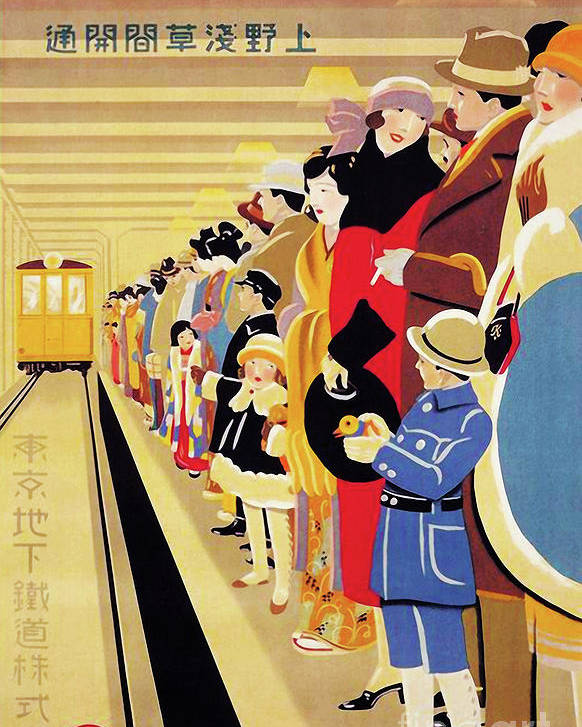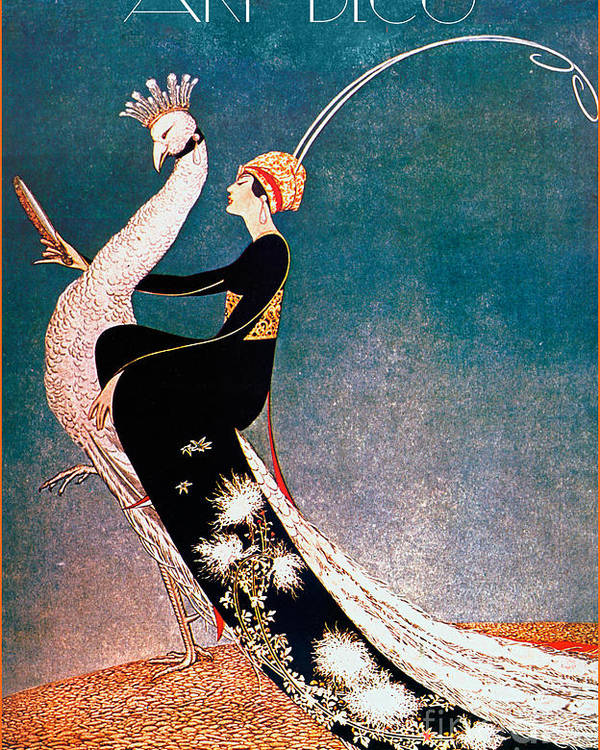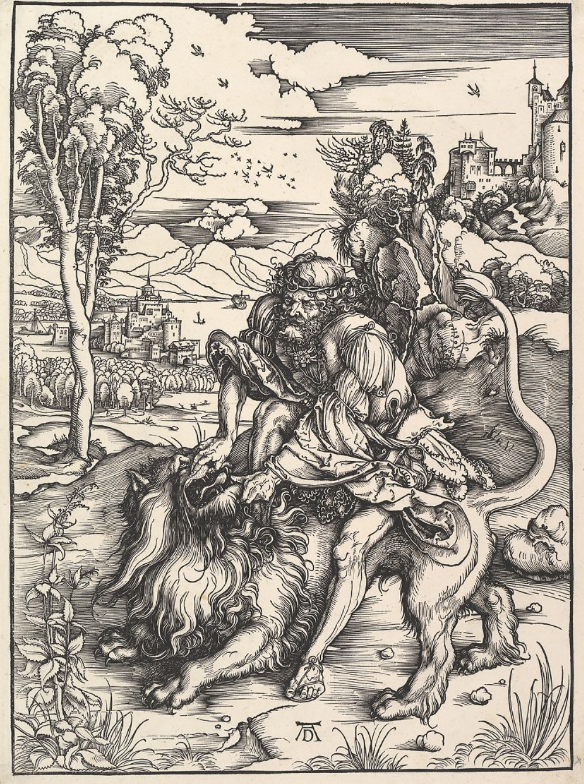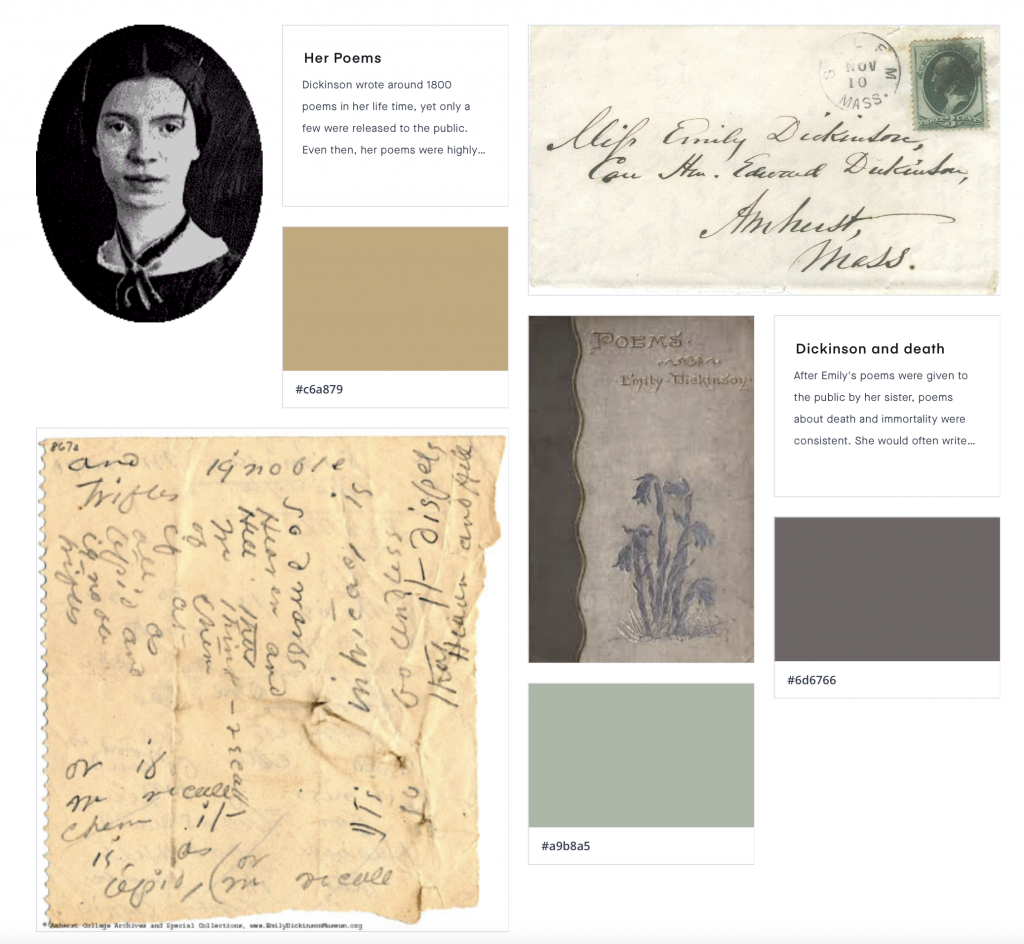
The Art Deco movement originated in the 1920s and developed into an effective art method in western Europe and the United States during the 1930s. Its name came from the Exposition Internationale des Arts Décoratifs et Industriels Modernes in 1925. Art Deco design depicted modernism turned into fashion. Its products included both individually crafted luxury items and mass-produced items. In either case, the intention was to produce a sleek and anti-traditional refinement that symbolized wealth and elegance.

In either case, the intention was to produce a sleek and anti-traditional refinement that symbolized wealth and elegance. The distinctive features of the style are simple, clean shapes, often with a streamlined look, and unusually varied, often costly materials, which often include manufactured substances in complement to natural ones. Though Art Deco objects were infrequently mass-produced, the distinctive features of the style reflected respect for the modernity of the machine and the innate design qualities of machine-made things. Although this style was no longer relevant in most places during World War II, starting in the late 1960s, there was a revitalized interest in Art Deco design. Into the 21st century, Art Deco persisted in being a source of inspiration in such areas as decorative art, fashion, and jewelry design.
SOURCES:
Introduction to Art Deco Design | Cygal Art Deco. https://cygalartdeco.com/2018/10/17/introduction-to-art-deco-design/
Art Deco Definition – Glossary of Common Jewelry Terms …. https://www.josephjewelry.com/guide/glossary/art+deco
Union Station Walking Tour By Los Angeles Conservancy. http://trainweb.org/carl/LAUnionStationWalkingTour/








